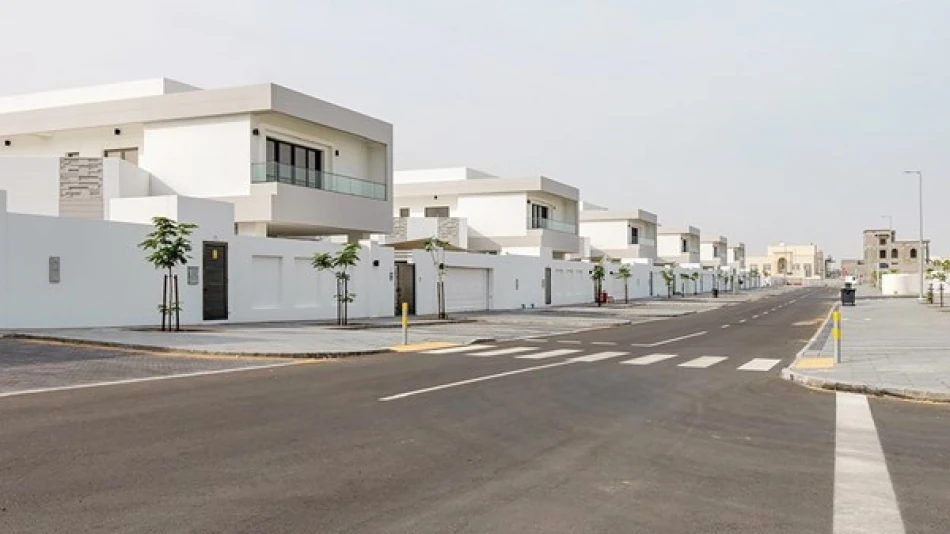
Abu Dhabi Housing Authority Expands Partnerships to Offer More Affordable Home Financing for Citizens
Abu Dhabi Expands Housing Finance Options with Government-Subsidized Banking Partnerships
Abu Dhabi Housing Authority has partnered with three major national banks to offer additional mortgage financing with government-subsidized interest rates, targeting citizens earning above AED 30,000 monthly. The initiative provides up to AED 500,000 in supplementary funding with 50% government subsidy on interest payments, marking a significant expansion of the emirate's homeownership support strategy.
Strategic Banking Alliance Strengthens Housing Access
The housing authority signed cooperation agreements with First Abu Dhabi Bank, Abu Dhabi Islamic Bank, and Al Hilal Bank to deliver enhanced financing solutions for existing loan beneficiaries. This partnership model reflects Abu Dhabi's systematic approach to increasing homeownership rates through public-private collaboration rather than direct government spending alone.
Under the agreements, eligible citizens who already secured AED 1.75 million housing loans can access additional financing of up to AED 500,000 with repayment terms extending to 25 years. The government's commitment to cover half of all interest and profit charges significantly reduces the financial burden on homebuyers.
Targeting Middle-Income Growth Segment
The income threshold of AED 30,000 monthly strategically targets Abu Dhabi's expanding middle-class demographic—households earning approximately $8,200 per month who often face the greatest financing gaps. This segment typically earns too much for basic housing assistance but struggles with the substantial capital requirements of the emirate's premium real estate market.
The initiative extends coverage to citizens who have activated their loans but haven't yet begun disbursements to developers and contractors, providing greater flexibility in construction planning and timing. This feature addresses a common challenge where approved borrowers face cash flow constraints during the building phase.
Regional Context and Market Implications
Abu Dhabi's approach mirrors successful housing finance models in Singapore and Hong Kong, where government subsidies help bridge affordability gaps without direct property market intervention. However, unlike these markets, Abu Dhabi's program specifically targets supplementary financing rather than primary mortgages, suggesting confidence in the emirate's banking sector capacity.
The timing coincides with the UAE's broader economic diversification efforts and population growth projections. With Abu Dhabi expecting continued demographic expansion, sustainable homeownership models become crucial for social stability and economic development.
Digital Integration and Accessibility
Applications for the additional financing are processed through the "Abu Dhabi Housing" mobile application, reflecting the emirate's digital-first governance approach. This streamlined process reduces administrative barriers and accelerates approval timelines—critical factors in competitive real estate markets.
Hamad Hareb Al Muhairi, Director General of Abu Dhabi Housing Authority, emphasized the program's role in creating a "sustainable housing system that achieves social welfare and family stability." This language signals long-term commitment beyond immediate market stimulus.
Financial Market Perspective
For the three participating banks, the partnership offers government-backed revenue streams with reduced default risk, given the income requirements and existing loan performance data. The 50% interest subsidy structure maintains market-based pricing while improving accessibility—a model that could attract additional banking partners.
The program's focus on Sharia-compliant financing through Islamic banking principles ensures broad market participation while maintaining regulatory compliance with UAE Central Bank guidelines. This dual-track approach strengthens the initiative's foundation across Abu Dhabi's diverse financial landscape.
 Layla Al Mansoori
Layla Al Mansoori







